The Ohio class ballistic missile submarine USS Alaska has made a very unusual stop in the British Overseas Territory of Gibraltar. The Navy took the equally unusual step of publicly announcing the submarine’s arrival there today. This is the latest in a string of curiously public movements of members of the Navy’s ‘boomer’ fleet, which typically conduct their deterrent patrols loaded with nuclear-armed Trident ballistic missiles with few, if any, port visits and even less fanfare.
The captions for the official Navy pictures of Alaska‘s arrival in Gibraltar describe the submarine as making a “brief stop” that “strengthens cooperation between the United States and the United Kingdom-Gibraltar, and demonstrates U.S. capability, readiness, flexibility, and continuing commitment as part of NATO.” At the time of writing, the service does not appear to have provided any additional information about this stopover. The War Zone has already reached out to U.S. Naval Forces Europe-Africa/U.S. Sixth Fleet, which oversees American naval operations in and around Europe and Africa, for more details.
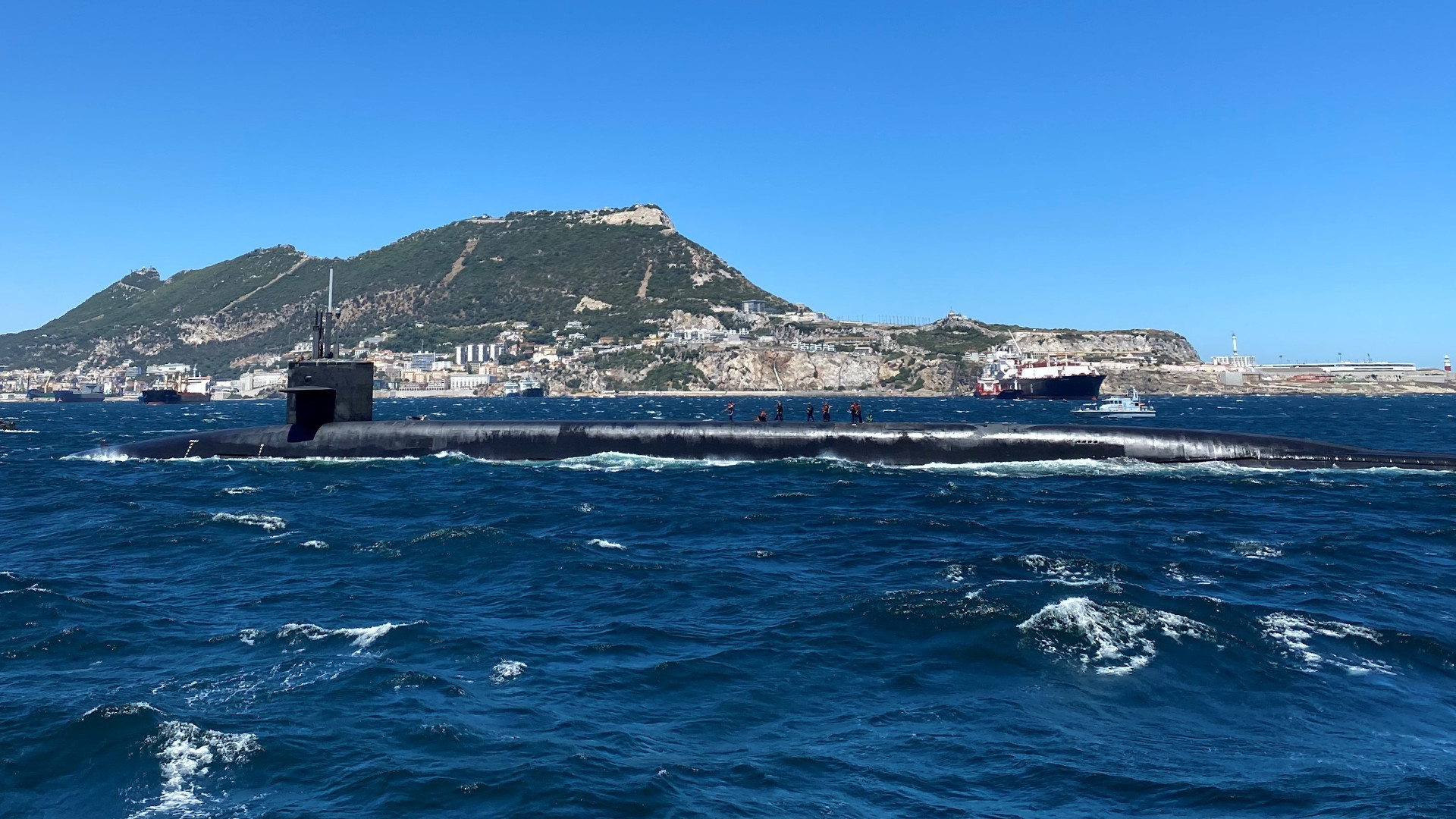
U.S. Navy submarines, broadly, do regularly visit the U.K. Royal Navy’s base Gibraltar, which is formally known as Her Majesty’s Naval Base Gibraltar and can accommodate nuclear-powered submarines, including for maintenance. The territory, as a whole, occupies a strategic location at the eastern end of the Strait of Gibraltar, which links the Atlantic Ocean, to the West, with the Mediterranean Sea.
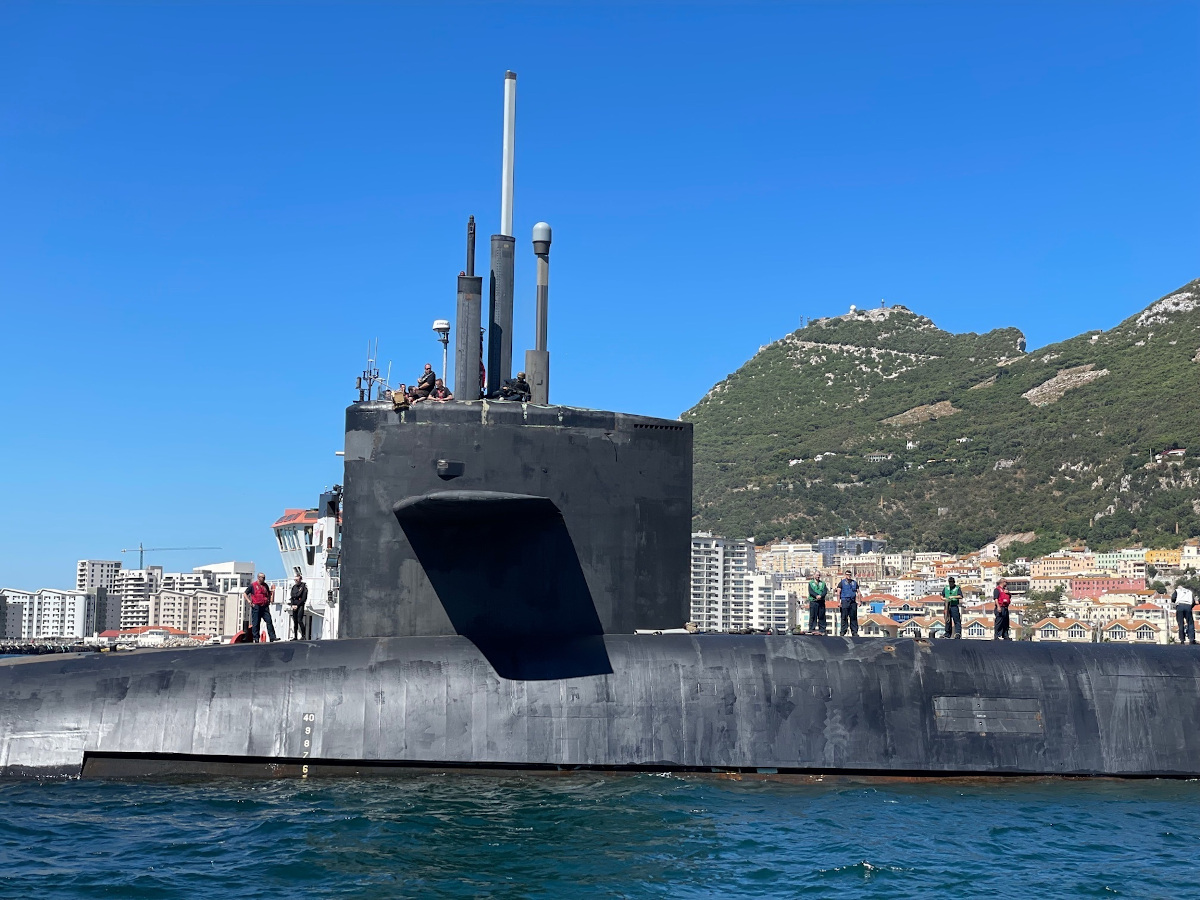
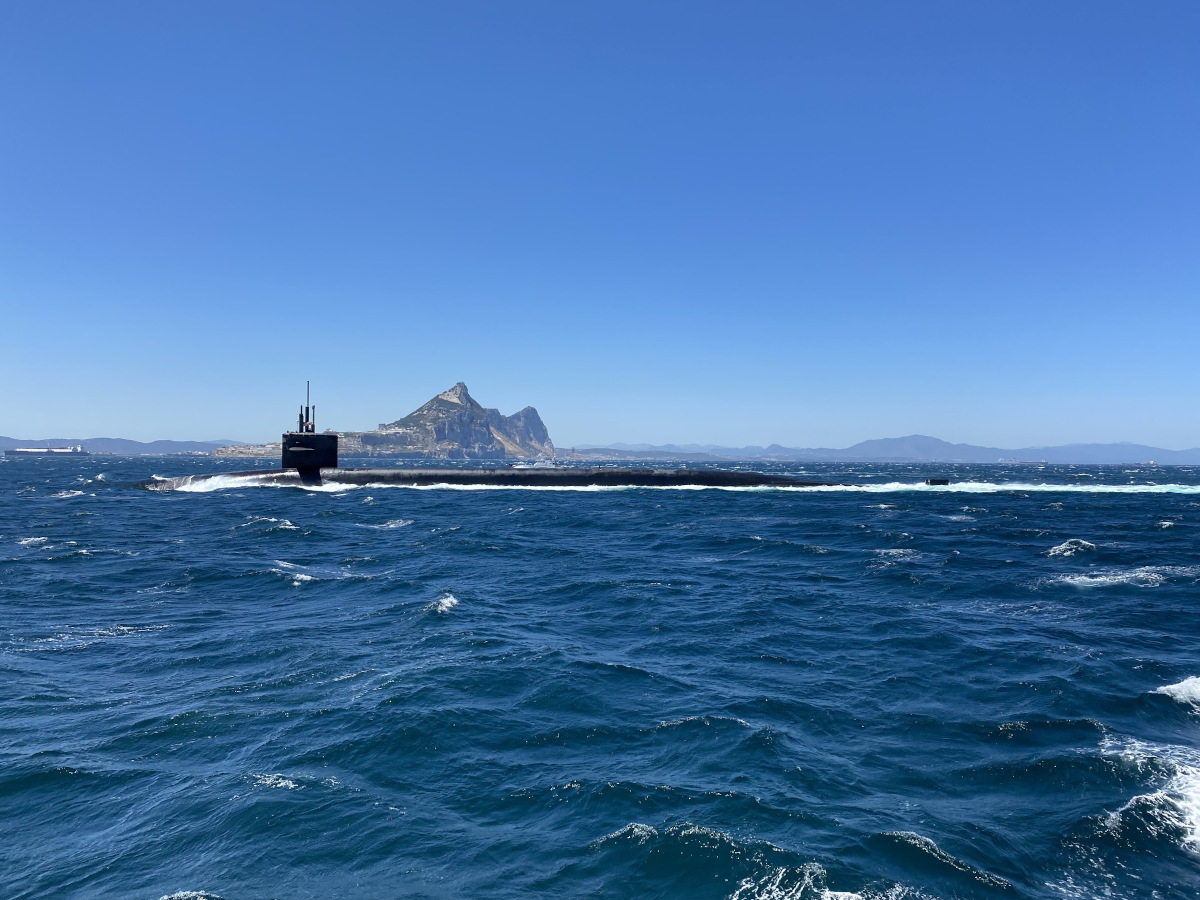
However, visits by American boomers to Gibraltar, publicized or not, are, by every indication, very rare. It’s unclear when the last time an Ohio class ballistic missile submarine, or SSBN, visited this port. The Ohio class USS Florida has made at least two stops there in the past 12 years, but both of these were after its conversion into a guided-missile submarine, or SSGN, in 2006. Gibraltar is at the center of a long-standing territorial dispute between Spain and the United Kingdom and a Spanish Guardia Civil patrol craft reportedly tried to cut in front of Florida twice immediately ahead of the boat’s visit there in 2016, before being warned off by the British Scimitar class patrol boat HMS Sabre.
At least one British patrol craft was also seen escorting Alaska into Gibraltar today. Even outside of Gibraltar’s unique geopolitical situation, it is standard procedure to closely guard submarines sailing on the surface, including in and out of ports, where they are more vulnerable and generally limited in their ability to maneuver.
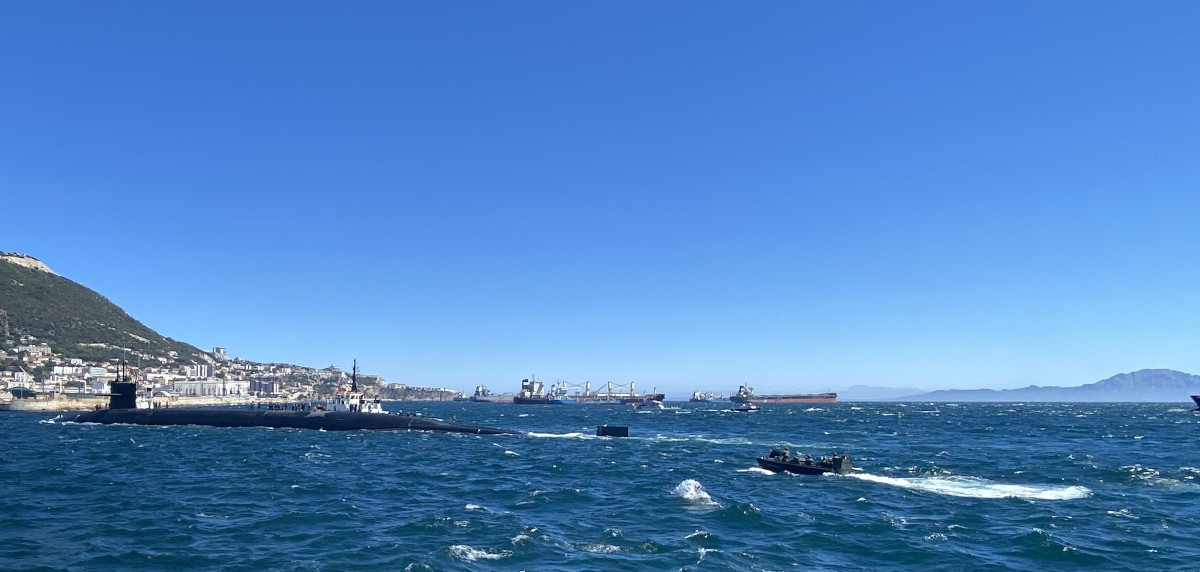
The Navy presently has 14 Ohio SSBNs and four more that were converted into SSGNs, with the latter actually being extremely capable multi-purpose conventional strike, intelligence-gathering, and command and control platforms, which you can read more about in this past War Zone feature. Ohio SSGNs are readily distinguishable from their SSBN cousins by the modified areas on top of their hulls immediately after theirs sail that are designed to accommodate Dry Deck Shelters. The SSGNs can have up to two DDSs installed at a time, which they can use deploy divers, swimmer delivery vehicles, and more, and almost always have at least one fitted.
Ship spotters caught a glimpse of an Ohio class ballistic missile submarine sailing on the surface in the Atlantic off the coast of Rota, Spain, a few weeks ago. It seems very probable now that this was USS Alaska. It’s worth noting that is also very uncommon to see American submarines of any kind, or those belonging to any other navy, on the surface in open waters.
As already noted, submarines, as a general rule, are very vulnerable on the surface, as well as being much easier to spot and track. Beyond that, ballistic missile submarines, especially, typically seek to remain as concealed from prying eyes while on their patrols as possible in order to prevent opponents from targeting them and neutralizing the second-strike nuclear deterrent they provide.
Though there are no indications that any of this activity is or isn’t related, Alaska‘s arrival in Gibraltar is just the latest instance of oddly public movements involving Ohio SSBNs. On June 26, one of these boats, which has not been identified, was spotted making a very brief stopover in San Diego.
This came less than a week after an Ohio SSBN, possibly the same boat, made another very short visit to that port city in Southern California, which is home to a major Navy base. However, as The War Zone reported at the time, this is not a common port of call for these submarines, all of which are homeported at either Naval Base Kitsap in Washington state or Naval Submarine Base Kings Bay in Georgia. In both cases, it remains possible that these stops were made in order to onload or offload personnel or relatively small pieces of equipment, for various reasons, though we still can’t say for sure.
“The Ohio-class ballistic-missile submarine is operating in the Pacific Ocean and conducted a brief stop in San Diego,” a spokesperson for U.S. 3rd Fleet, which is headquartered in San Diego, told The War Zone when asked about the short visit there by one of these SSBNs there on June 21. “U.S. military forces are present and active in and around the Pacific in support of allies and partners and a free and open Indo-Pacific.”
On June 25, the Navy had also publicly announced the departure of the Ohio class ballistic missile submarine USS Maine from Naval Base Kitsap to begin its latest deterrent patrol. While the service does often publicize the return home of SSBNs, it seems much more unusual for there to be an official notice of the beginning of such a deployment.
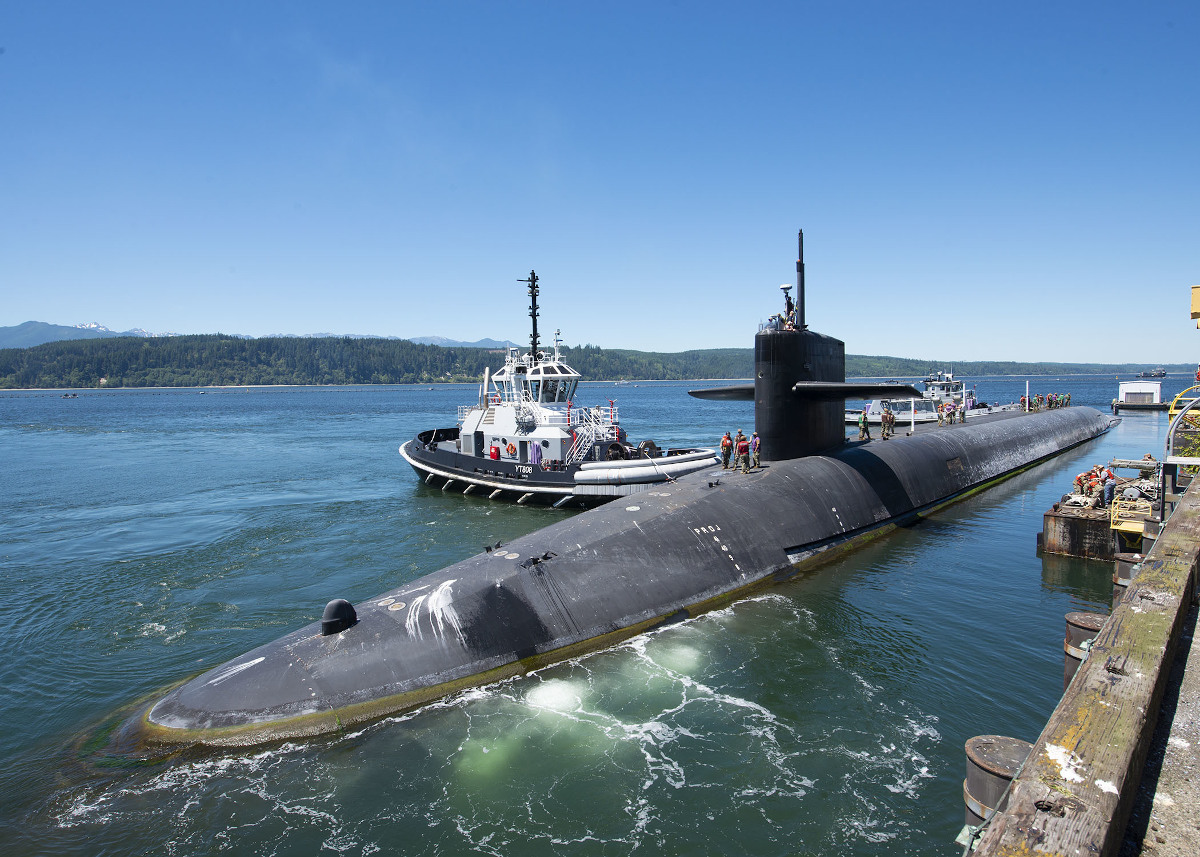
Any one of the events would be notably out of the ordinary, so it is certainly interesting to see so many happen within such a short space of time, whether they are directly related to each other in any way or not. The War Zone will definitely update this story or otherwise follow up with any additional details we receive about USS Alaska‘s rare visit to Gibraltar.
Contact the author: joe@thedrive.com
